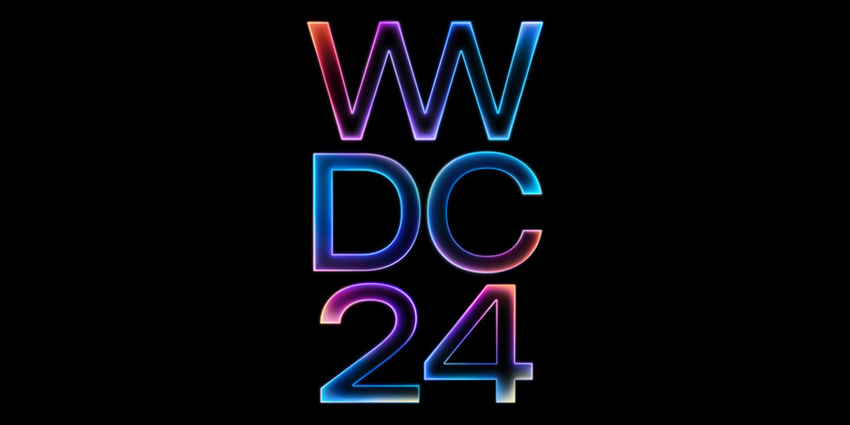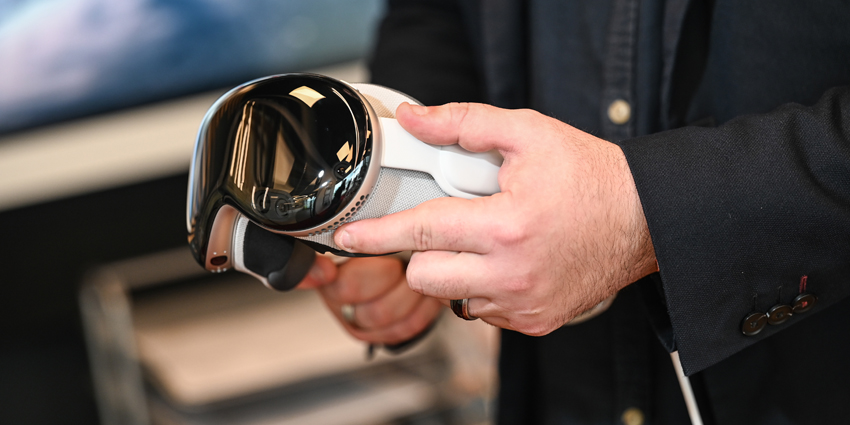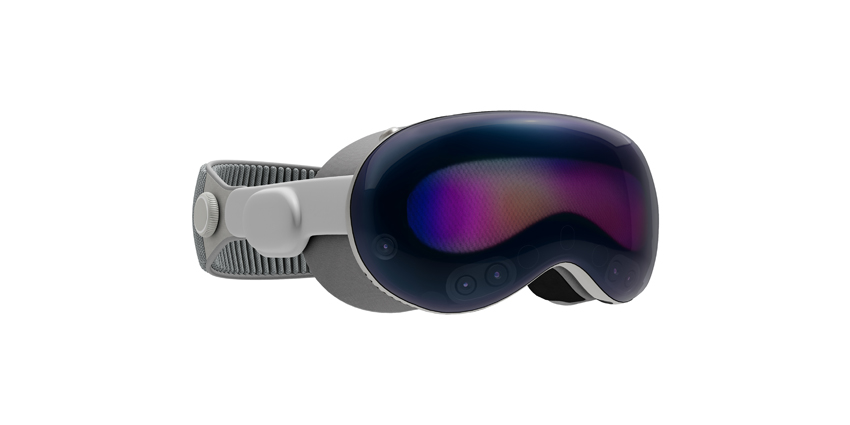The customer journey is changing, and technology is leading that evolution.
Historically, the way in which brands and marketing teams connect with audiences relies heavily on emerging technology, from the Internet to immersive solutions.
Many brands leverage AR today to promote products to customers using interactive branded immersive content for smartphone applications like Instagram.
AR software development kit (SDK) providers like Apple, Xreal, Niantic, 8th Wall, Unreal, and Unity give developers the tools to make and distribute custom AR content that naturally drives retention and engagement with new interactive experiences to “wow” potential buyers.
With public awareness of AR is growing, seemingly faster than fully immersive VR services, marketers could find a wealth of opportunities to reach new auidences and reengage with pre-existing demographics.
Content is Vital to AR’s Success
This week, Jenny Stanley, the Managing Director of Appetite Creative, discussed with the BBC the presence of AR as a tool to engage with customers.
Appetite Creative works with major brands such as Amazon, Lego, and Addias to develop AR labels for conventional products.
Stanley notes, “the key point here is that quality content for augmented reality is vital.“ A common issue in the immersive technology space is its lack of content and system-selling services that drive device adoption.
At the same time, many, many fantastic applications and software solutions exist for enterprise and consumer markets – and the service providers should be championed.
However, the XR space is still emerging. Therefore, the knowledge base surrounding XR content creation is slimmer than conventional development routes.
Although, this is quickly changing. Major RT3D engines like Unreal and Unity are shifting their focus away from gaming towards more general digital content development tools, notably for XR.
Additionally, a hand full of universities and other educational departments are championing XR education to give the developers of tomorrow the tools to scale XR’s potential.
Today, firms like Appetite Creative help brands leverage AR to achieve business success and, as Stanley says, provide the content vital to drive marketing success with AR.
Moreover, The emerging AR technology space is rapidly growing. A leading case is the upcoming Vision Pro. Apple recently unveiled the AR/MR device with an SDK available before its 2024 release to fuel content creation ready for its debut. Also fueling new content and understanding for the entire immersive industry.
AR is Impactful and Cost-Effective
Moreover, Stanley said AR advertising is “not only impactful but also cost-effective.”
Stanley explained:
The average cost per digital advertising click is £1.50, whereas a click or scan on packaging is technically free, giving brands a compelling reason to use connected packaging.
Moreover, AR campaigns can provide marketing which a range of insights into how customers interact with their immersive experiences.
AR Content should “Inspire, Educate or Entertain”
There are various keys to AR success, both in marketing and use cases, such as remote guidance, collaboration, and design.
The hardware, software, and user all significantly drive immersive technology success in any use case.
A multi-level understanding of XR within the enterprise is critical to immersive integration success. For example, AR campaigns are partially a learning journey for brands and customers; with both parties understanding AR, the campaign will be more successful.
An AR campaign must leverage immersive technologies as a strategic tool to make one’s campaign stand out and to ensure a significant ROI. A marketing team should take careful consideration ahead of a campaign.
Stabley explained:
I always say that AR content should either inspire, educate or entertain. It has to do at least one of those things to transform from a novelty tech into a strategic tool that drives business value.
Not only are brands leveraging XR for real-life products, but also other marketing teams representing major sporting groups like the Tour de France are using AR to enhance broadcasts, attract more viewers, and increase viewer retention.







